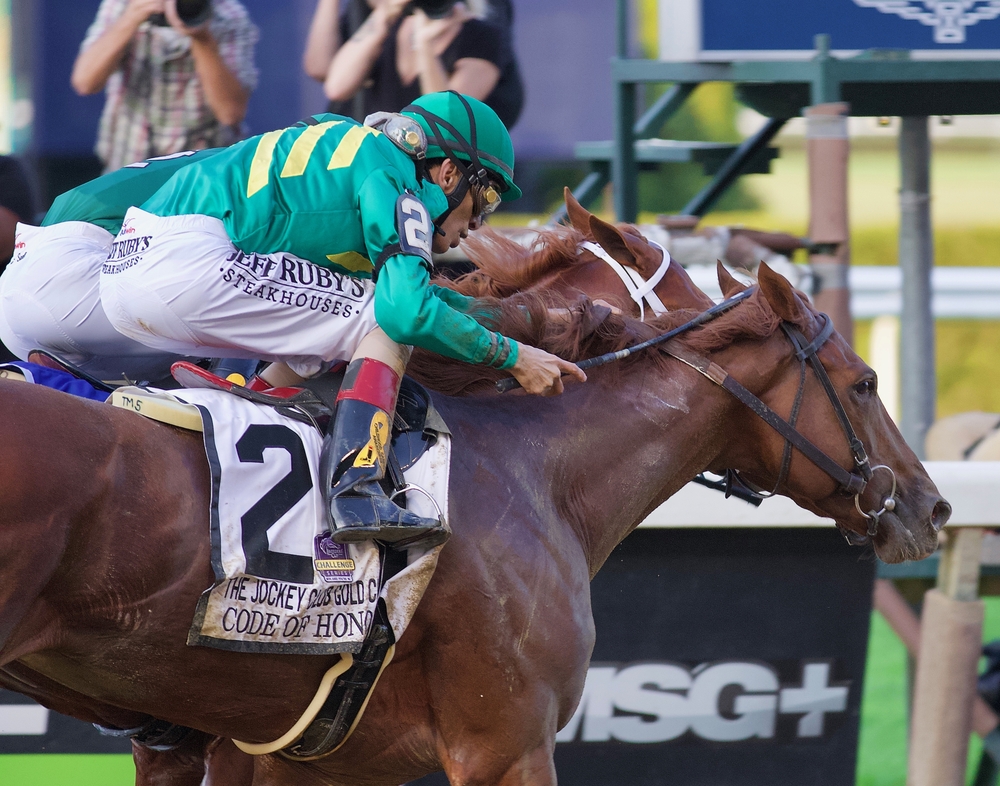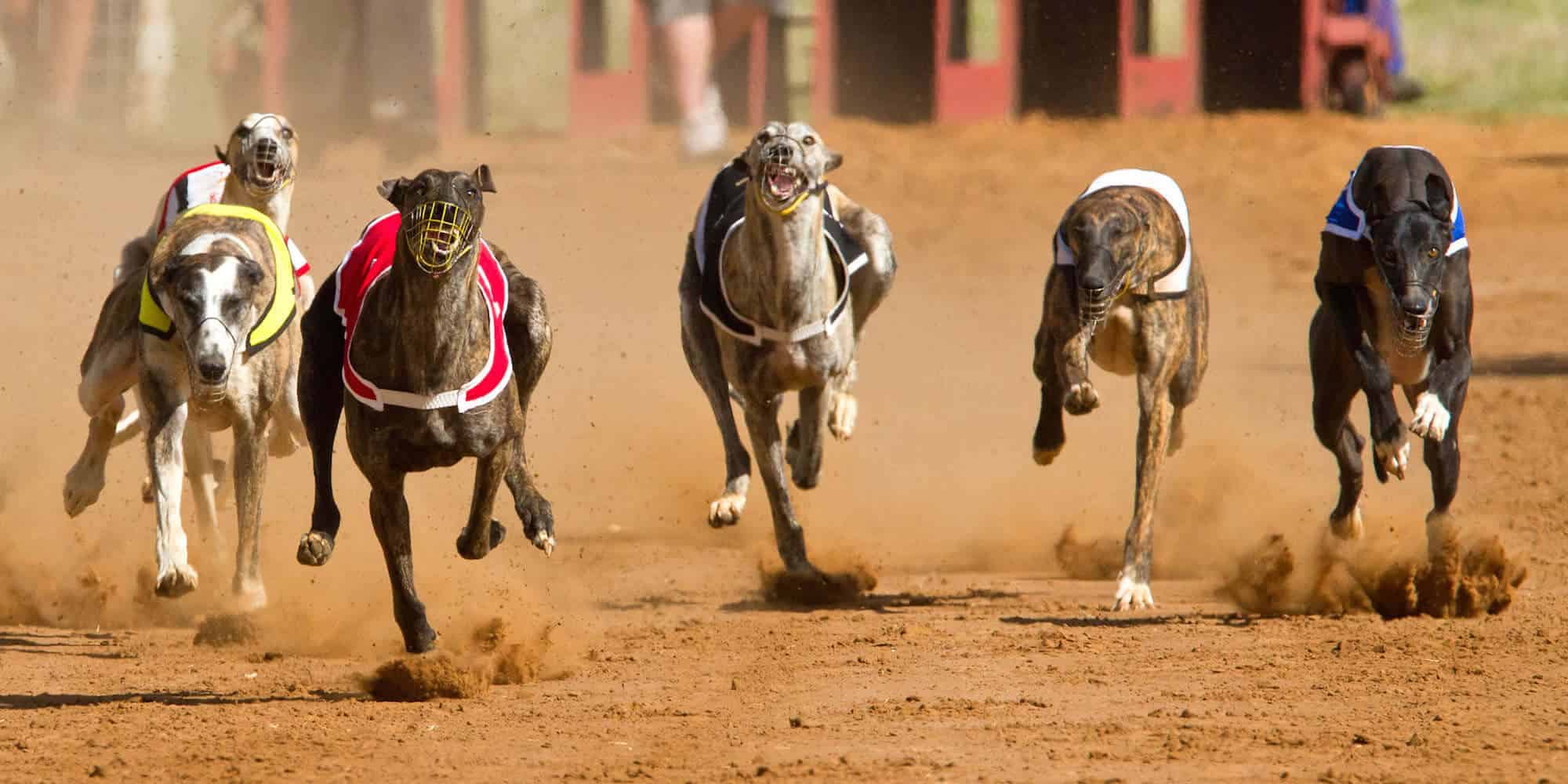Why Do RP Ratings Differ From Official Ratings?
While it’s the job of the official handicapper of the BHA to rate horses for the purpose of highlighting which ones are the best, the Racing Post handicapper tries to disagree with the official handicapper to highlight how good he is at judging the merits of horses.
The Racing Post is in business to sell newspapers and online packages, and people pay for these because they value the Racing Post’s ability to pick winners. One of the reasons why the Racing Post picks winners is that some RP Ratings disagree with the ratings of the official handicapper, giving them an angle into races.
The tipsters that work for the Racing Post use the Racing Post Ratings to assess when horses, in the opinion of their handicapper, have a better chance of winning than their rating suggests. Equally, when the handicapper does not think that a horse should be rated as highly as it is, the Racing Post tipsters will look to oppose this horse.
Disagreeing with the opinion of the official handicapper is what all tipsters and professional gamblers are looking to do with a view to finding value bets.
The handicapper of the RPR also has a bit more leeway when it comes to rating horses. For example, the official handicapper may rate a horse at 140 after a recent win and, though that horse may not perform to that level in his next few runs, the handicapper is unlikely to want to reduce his mark quickly.
The Racing Post handicapper may agree that with the official handicapper in that the horse’s peak performance was worthy of a 140 rating but may decide that the horse deserves to be rated lower after failing to run up to that mark after one or two more starts.
Are RP Ratings Or Official Ratings Best?
When looking at any rating in horse racing, what you need to remember is that the rating is just the opinion of the official handicapper or the Racing Post handicapper. When these two ratings differ from each other, there is a chance that value bets can be found, but neither rating will be 100% correct all the time.
Many professional gamblers create their own ratings and, when they differ from more high-profile ratings, this is often when they know that they will get value odds about horses. Creating your own ratings can be a useful tool, if you have the skills to be correct more often than not.
When using ratings to assess the chances of any horse winning, it’s worth bearing in mind that a horse’s highest rating is normally achieved under its optimum conditions, and it is unlikely to match that rating when some factors are against it.
How Distances Affect RP Ratings
Horse racing takes place over a variety of distances, with flat races taking place over distances ranging from 5 furlongs to 2 miles 6 furlongs. Jumps racing takes place from two miles to 4 miles 2½ furlongs.
What you need to understand is that horses rarely achieve their best rating at more than one distance. So, though a horse may be rated 140 at 2-miles, it could be capable of rating higher if stepped up to 2½ miles or may flop if not truly staying the trip. All that the handicapper can do is tell you how high the horse is currently rated.
How The Going Affects RP Ratings
Going descriptions in racing range from heavy to firm but most horses are only capable of running to their peak rating on a much narrower going range. A horse can easily be rated 140 on firm ground but may only be able to run to 130 on heavy ground.
The official handicapper may know this, but that doesn’t mean the horse’s mark will be dropped because the race is going to take part on heavy ground. But as a professional gambler, knowing that the horse won’t run anywhere near its best can help you find value odds elsewhere.
Why Else May RP Ratings Be Different
There are lots more factors to consider when trying to pick horse racing winners, and RP Ratings may reflect the Racing Post Handicapper’s opinion of how a horse has run under certain conditions.
The idiosyncrasies of the different horse racing courses in the UK means that horses may perform well at some of them and not others. Many flat racing courses also have a draw bias. The pace of races and the weights carried by some horses can also have a massive effect on the outcome of races.
Using RP Ratings To Pick Horse Racing Winners
If you’re reading a race card, it may have both the official rating and the RP Rating on it, but this isn’t always the best way to pick winners using RP Ratings.
It’s a good idea to check what RP Rating horses achieved in different races they have run in, as this may give a truer reflection of the rating they will achieve under similar circumstances. However, you do need to factor in whether a horse is also improving or regressing.
For example, a regressive 140-rated horse may only be capable of running to a mark of 130 in conditions that aren’t ideal, while an improving 128-rated horse may be capable of increasing its rating to 135 under its optimum conditions. Despite a 12lb difference in ratings, the 130-rated horse could be fantastic value to beat its higher-rated opponent in this scenario.
Are Horse Ratings Reliable?
Horse racing, as a sport, has a long-standing tradition and is governed by strict regulations to ensure its integrity and reliability. One of the ways to gauge the reliability and performance of horses in races is through various rating systems.
The Racing Post ratings are one such system, developed by the Racing Post, a leading publication in the horse racing industry. These ratings provide insights into a horse’s performance based on past races, helping punters make informed decisions. Similarly, “horse racing ratings” in general serve as a benchmark to compare the abilities of different horses in a race.
The BHA ratings, provided by the British Horseracing Authority, are another authoritative source in this regard. The BHA is the governing body for horse racing in Britain, and their ratings are based on a horse’s performance in races, taking into account various factors like the competition faced, weight carried, and distance run.
In essence, horse ratings, whether from the Racing Post, BHA, or other sources, are tools designed to provide a more transparent and reliable understanding of a horse’s potential in a race. While no rating system can guarantee outcomes, they do offer a structured way to analyse and predict performance, adding to the reliability of horse racing as a sport.
Should I Use RP Ratings?
RP Ratings can be a useful tool to any punter that does not compile their own ratings, but the problem is you’ll be one of thousands doing the same thing, which can make it difficult to stand out from the crowd and find value bets.
Buying a Racing Post subscription can also be more expensive than a subscription to the services of a professional gambler/tipster that compiles their own ratings and uses them to provide horse racing tips that other sources do not.
We hope that’s answered your question, what is RP Rating in horse racing?






It is very useful to pick good horse